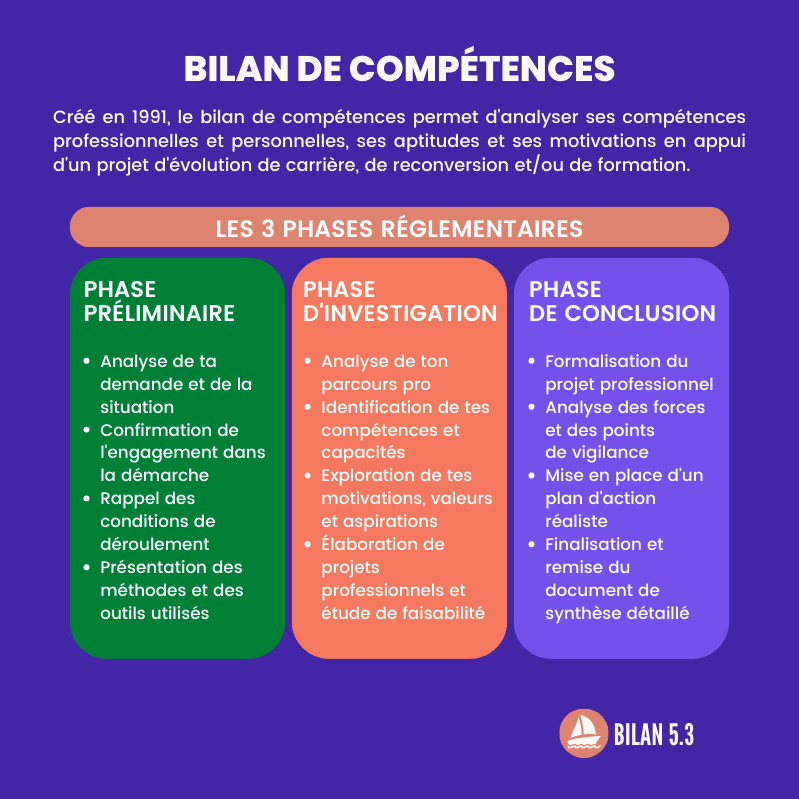Israeli researchers have succeeded in creating a “synthetic” human embryo without using sperm or eggs.

- Israeli researchers have succeeded in creating a 14-day synthetic embryo without using sperm or egg.
- They used pluripotent stem cells. These are capable of transforming into different types of cells in the body.
- This work could help to better understand the first phases of embryonic development but also infertility or congenital diseases.
The team, led by Professor Jacob Hanna of the Institute Weizmannmanaged to create complete models of human embryos, and grow them for up to 14 days, without any sperm, egg or uterus being involved. The researchers detailed their work that could open the door to new avenues of research into infertility and congenital diseases in the journal Nature from September 6, 2023.
Human embryo models created with stem cells
To create these “similes” human embryos, the researchers called on stem cells pluripotent. These are capable of transforming into different types of cells in the body. In this experiment, some were selected to be the embryo itself, while others had specific genes activated to become one of three tissue types needed for embryonic development: the placenta, the yolk sac and the extra-embryonic membrane of the mesoderm (which creates the chorial sac).
Approximately 1% of the stem cells gathered in clusters are self-organized and developed forming synthetic “embryo models”. They had all the features of a human embryo, including the placenta. Their growth was stopped at 14 days, which is the legal limit in many countries for embryonic research.
Embryo from stem cells : a breakthrough for research
For researchers, this discovery will make it possible to study the little-known early stages of embryonic development. “This first month (of embryonic development, Editor’s note) remains largely a black box. Our human embryo model derived from stem cells offers an ethical and accessible way to examine this box. It faithfully imitates the development of a real human embryo, in particular the emergence of its exquisitely fine architecture.”explains Pr Jacob Hanna in a communicated.
The models ofsynthetic embryos could also help to better understand the origins of infertility, congenital malformations or even the effects of certain medications. They have already enabled a first step forward.
In their work, the scientists found that if the embryo is not properly enveloped by the cells forming the placenta, other parts of the embryo cannot form. This could explain some cases of early miscarriages.
Synthetic embryo: no pregnancy on the horizon
If these synthetic embryos can help science, can they become human beings? For Dr. Peter Rugg-Gunn, specialist in embryonic development at the Institute Babraham (United Kingdom), invited by the Guardian to give your opinion on this study, the answer is no. “This model embryo could not develop if transferred into a uterus, because it bypasses the step necessary to attach to the wall of the uterus”he explained to the British newspaper.
However, he recognized that experiences of this type “raise important ethical considerations”and the need for scientists to reflect on this area of research.















